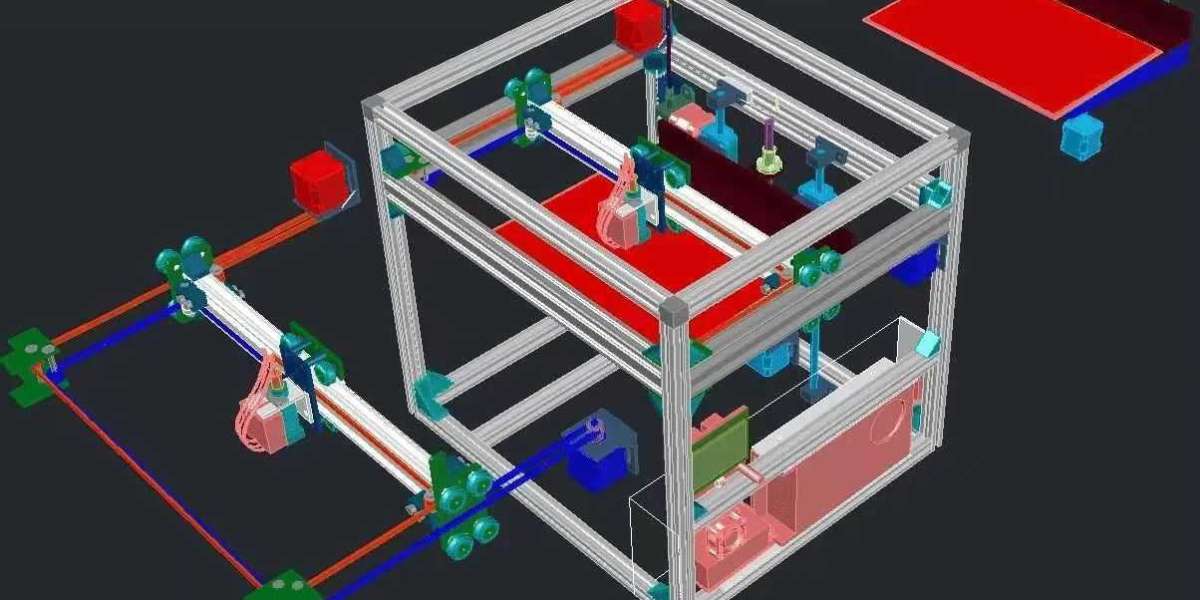3D printing technology has developed rapidly in recent years and is widely used in many fields such as manufacturing, medical treatment, and construction. However, in the printing process, the adhesion of the filament has always been an important factor affecting the printing quality and efficiency. This article will discuss several effective methods to improve filament adhesion during 3D printer printing.
First, ensuring the level and flatness of the printing platform is key. The unevenness of the printing platform will cause the filament to not adhere evenly, thus affecting the printing effect. Before use, the level of the platform can be ensured by adjusting the knob at the bottom of the platform. In addition, it is also a good habit to clean the printing platform regularly to avoid impurities affecting adhesion.
Secondly, controlling the printing temperature is crucial to improving the adhesion of the filament. Different printing materials require different temperature Settings, such as ABS materials usually require a higher temperature, while PLA filament require a relatively lower temperature. Before printing, ensure that the temperature of the nozzle and the workbench meet the material requirements, and set the appropriate temperature parameters through the slicing software. In addition, maintaining a constant temperature in the printing environment also helps to improve adhesion.
Third, choosing the right printing materials and consumables is also an important factor in improving adhesion. Materials provided by different suppliers may vary, and sometimes changing consumables suppliers can solve adhesion problems. In addition, for some materials, such as ABS, the use of high-temperature tape or textured paper can help improve adhesion.
Fourth, adjusting the printing parameters is also an effective means to improve the adhesion of the filament. For example, reducing the printing speed of the first layer gives the filament more time to adhere to the platform; Increase the thickness and width of the bottom layer to provide greater adhesion area. In addition, the use of special slicing software Settings, such as the addition of "brim" (edge hardening), can increase the stability of the model at the initial stage of printing.
Finally, the use of auxiliary tools and materials is also an effective way to improve adhesion. For example, spraying a special adhesive, such as 3D LAC glue, on the platform can significantly improve the adhesion of the filament. In addition, using a glass plate as a printing platform, and applying a layer of 190 gloss oil or pasting paper on it can also effectively prevent warping and improve adhesion.
To sum up, improving the adhesion of the filament in the 3D printer printing process needs to start from many aspects, including ensuring the level of the printing platform, controlling the printing temperature, selecting the appropriate printing materials and consumables, adjusting the printing parameters, and using auxiliary tools and materials. Through the comprehensive application of these methods, the effect and efficiency of 3D printing can be significantly improved, and the further development of 3D printing technology can be promoted.







